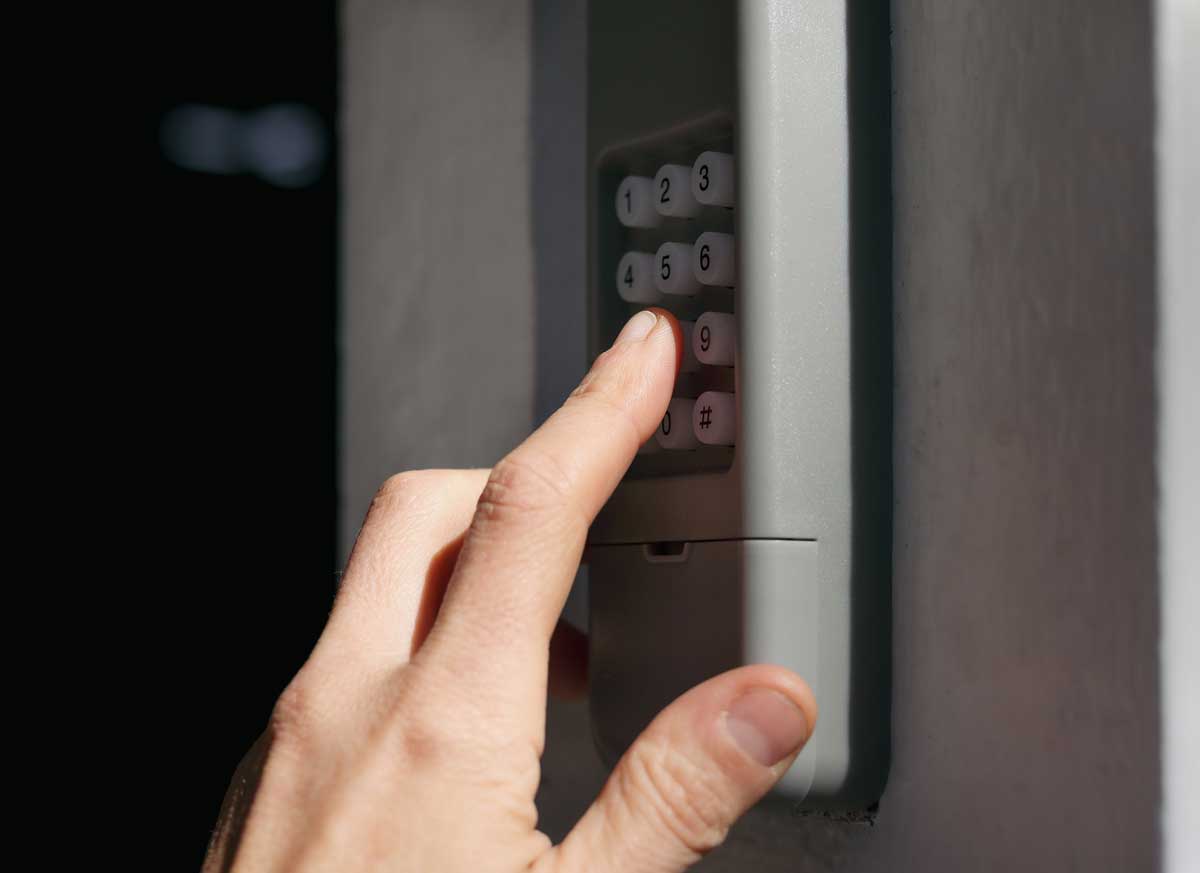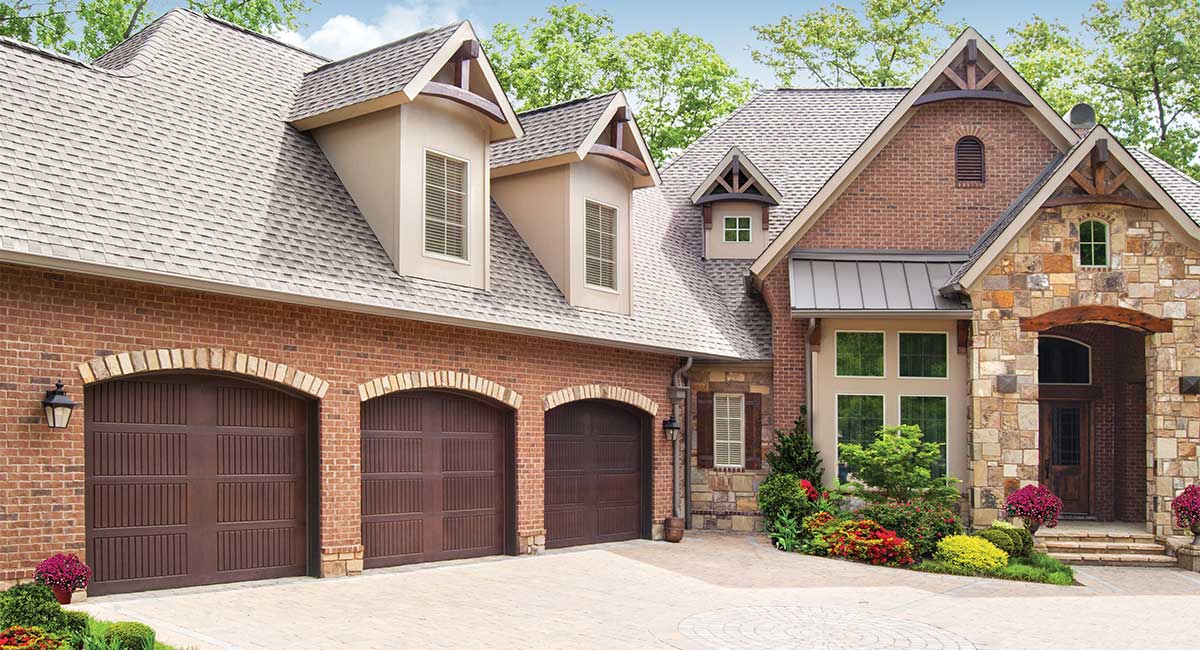A garage door opener keypad is a convenient and secure way to access your garage without needing a remote or key. However, like any electronic device, it can sometimes stop working, causing frustration and inconvenience. If your garage door opener keypad isn’t working, don’t worry – there are several troubleshooting steps you can take to identify and resolve the issue. Here’s a comprehensive guide to help you get your keypad back in working order.
Common Reasons Why Your Garage Door Opener Keypad Isn’t Working
- Dead Batteries
- The most common reason for a non-functional keypad is dead or weak batteries. Keypads rely on batteries for power, and they need to be replaced periodically.
- Incorrect Code Entry
- Entering the wrong code multiple times can lock the keypad or cause it to become unresponsive.
- Keypad Out of Range
- If the keypad is too far from the garage door opener, the signal may not reach the opener, preventing it from working.
- Worn or Damaged Keypad
- Over time, the buttons on the keypad can wear out or become damaged, especially if exposed to harsh weather conditions.
- Programming Issues
- Sometimes, the keypad can lose its connection to the garage door opener and may need to be reprogrammed.
- Electrical Interference
- Electronic devices or structural elements near the keypad can interfere with the signal, causing it to malfunction.
Troubleshooting Steps
1. Check and Replace Batteries
- Replace the Batteries: Open the keypad cover and replace the old batteries with new ones. Ensure they are correctly installed, following the polarity markings.
- Test the Keypad: After replacing the batteries, test the keypad by entering your code. If the keypad lights up and works, the problem was likely the batteries.
2. Verify the Code
- Enter the Correct Code: Ensure you are entering the correct code. If you have recently changed the code, double-check the new code.
- Reset the Keypad: If you suspect the code entry is the issue, reset the keypad by following the manufacturer’s instructions. This often involves holding a specific button or combination of buttons.
3. Check the Range and Location
- Move Closer: Ensure the keypad is within the effective range of the garage door opener. If it’s mounted too far away, it may not communicate properly with the opener.
- Relocate if Necessary: If moving closer solves the problem, consider relocating the keypad to a spot closer to the garage door opener.
4. Inspect the Keypad for Damage
- Check for Wear and Tear: Look for visible signs of wear or damage on the keypad. If buttons are sticking or not responding, the keypad may need to be replaced.
- Clean the Keypad: Dirt and debris can interfere with the keypad’s functionality. Clean it with a soft, damp cloth, ensuring you do not damage the electronics.
5. Reprogram the Keypad
- Consult the Manual: Refer to the owner’s manual for instructions on how to reprogram the keypad. This usually involves pressing a “learn” button on the garage door opener unit and entering a new code on the keypad.
- Follow Steps Carefully: Carefully follow the steps outlined in the manual to ensure the keypad is correctly programmed.
6. Check for Electrical Interference
- Identify Sources of Interference: Look for electronic devices or structural elements that could interfere with the keypad’s signal. This could include wireless routers, metal doors, or other electronic devices.
- Relocate Devices: If possible, move any interfering devices away from the keypad and garage door opener.
When to Call a Professional
If you’ve tried all the above troubleshooting steps and your garage door opener keypad still isn’t working, it’s time to call a professional. Here are situations where professional help is necessary:
- Persistent Issues: If the keypad continues to malfunction despite replacing batteries and reprogramming, a technician can diagnose and fix the problem.
- Electrical Problems: Issues with wiring or electrical components should be handled by a professional to ensure safety and proper repair.
- Keypad Replacement: If the keypad is damaged or worn out, a professional can recommend and install a new one.
Preventative Maintenance Tips
- Regularly Replace Batteries: Replace the keypad batteries every six months to a year, or whenever you notice reduced performance.
- Protect from Weather: If your keypad is exposed to the elements, consider installing a protective cover to shield it from rain, snow, and direct sunlight.
- Clean Periodically: Keep the keypad clean by wiping it down regularly to prevent dirt and debris from affecting its operation.
- Test Frequently: Periodically test the keypad to ensure it’s functioning correctly and address any issues promptly.
Conclusion
A malfunctioning garage door opener keypad can be frustrating, but many common issues can be resolved with some basic troubleshooting. By checking the batteries, verifying the code, inspecting for damage, and reprogramming the keypad, you can often get it back in working order. However, if the problem persists or if you’re unsure about any aspect of the repair, don’t hesitate to call a professional. Regular maintenance and timely repairs will ensure that your garage door opener keypad remains a convenient and reliable access point to your home.




